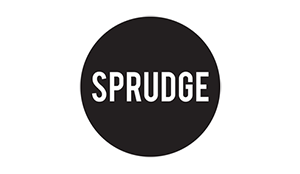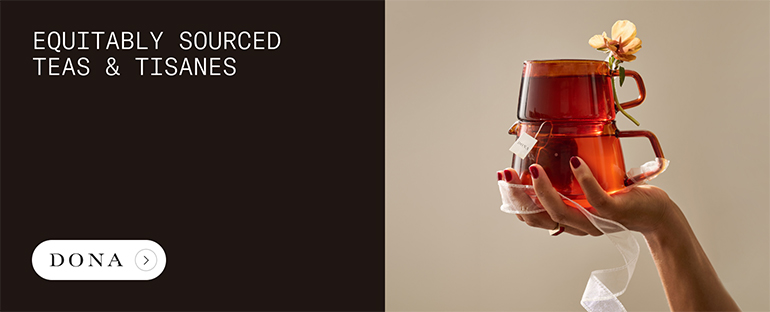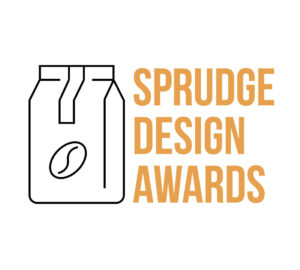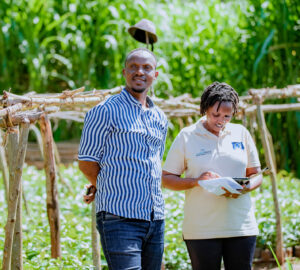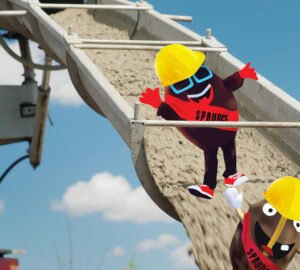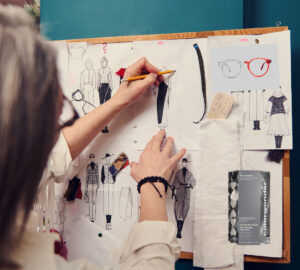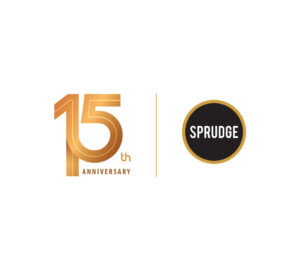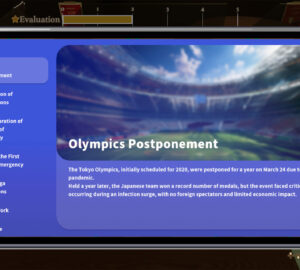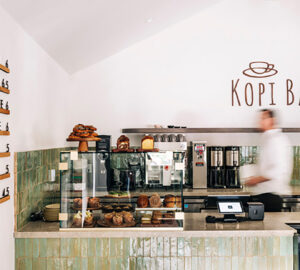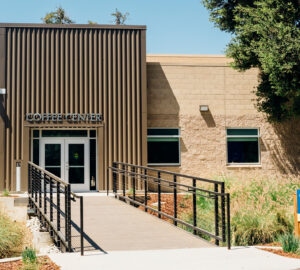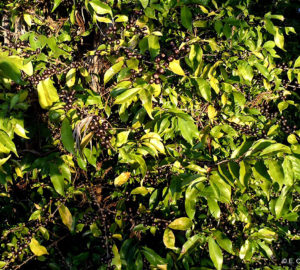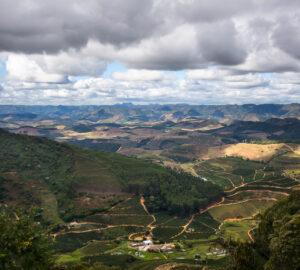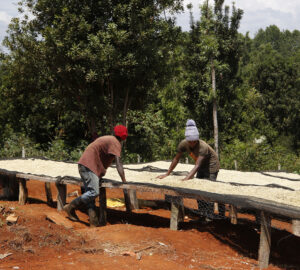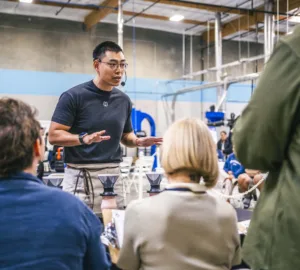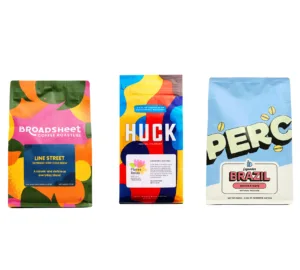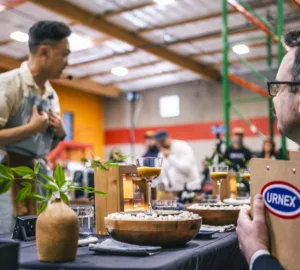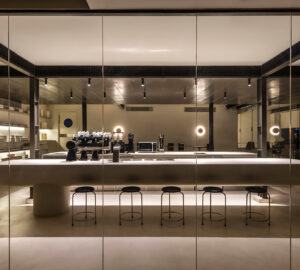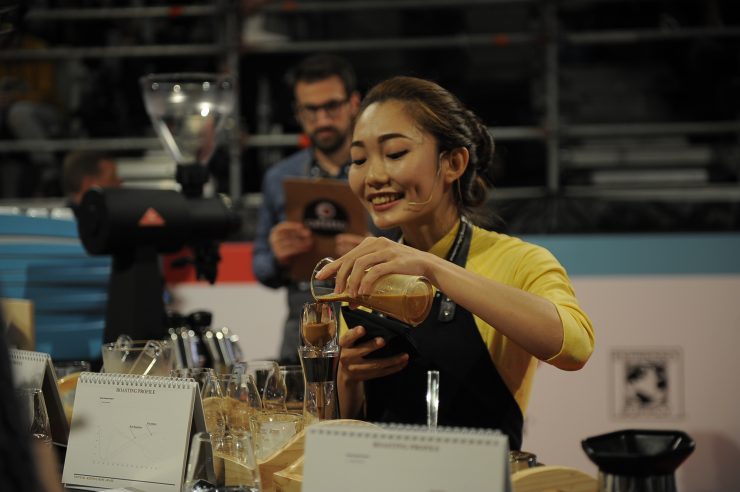
When I asked Tran Han for an interview, it was early in the morning—maybe seven thirty, no later than eight—and she was standing behind a Synesso at Bosgaurus Coffee, tasting shots of espresso ahead of a long day on bar. Han is Vietnam’s National Barista Champion, the country’s first and only barista to hold that particular title (Vietnam first appeared at the World Barista Championship in 2016). And while we talked about her experience competing in Dublin this past year on behalf of her country, our conversation’s scope was much more broad. We discussed gender, the future of the Vietnamese coffee industry, and the power of the barista, pausing every now and again as the sounds of burr grinders ate up the grand, white room. The only moment Han seemed hesitant was when I asked to take her photo; she was concerned about her makeup.
“I never wear lipstick in the mornings,” she explained, gesturing toward the handful of half-drunk demitasses on the tabletop in front of her. “I always have too much work to do.”
This interview has been edited and slightly condensed for clarity.
Sprudge: How did you get into the coffee industry?
Tran Han: I was born in 1994. Originally, I wanted to be a pastry chef, so after graduating high school I went to pastry school, and then got a part-time job at a sweet shop and cafe. I love sweets, and love being in contact with customers, and get a lot out of making them feel happy and satisfied. It didn’t matter what I made as long as they liked it. But when I got to the cafe, they were short-staffed and needed baristas. And just like that, my position was changed. Being in contact with coffee, I slowly realized that I wanted to be in the coffee industry. It took six months. It was the same as sweets, what mattered was making coffee that made my customers happy.
After I made the switch to coffee, I decided to go to barista school. At the time, in Saigon when someone said barista, they were talking about latte art. Latte art was the base of a barista’s education. So I took a class in latte art. That’s when I met the owner of a place called Republic Coffee. We talked about the state of coffee in Vietnam, about how then no one was serving arabica. It was with him that I first traveled to Dalat for coffee. It’s where we grow arabica. It was then that I met Tran Nhat Quang, who owns LaViet Coffee. I was there for only a few days, one week, but learned a lot about brewing then. V60, Kalita Wave, syphon. That was two years ago.
I went back to Saigon, and that started a whole string of jobs. First, I worked at a French restaurant making coffee. Then moved into a role as a barista trainer for TG Trade, where I was also a roaster. After that, I worked with Republic, which was opening a new shop. I did barista training and helped get them set up. It was then that I started to think about the Vietnamese coffee industry as a whole. That’s when I realized my dream. I go to Dalat every year now. Sit down next to farmers so that farmers and baristas can talk to each other. Going allows me to share information, but it also allows me, as a roaster, to ask “how can your beans be roasted?” I learned a little bit about processing, how wet processes, fully washing, works. How to do it. There is so much detail to learn.
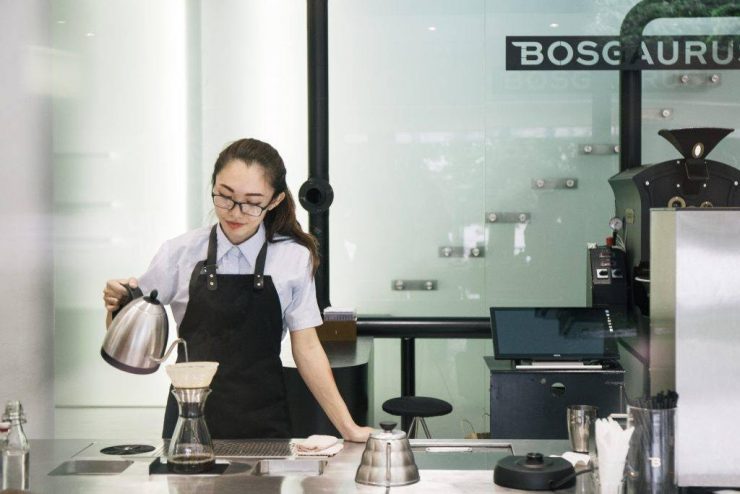
Can you tell me about Bosgaurus?
I started working there from the beginning, about one year ago. I had met the owner a few times before. We knew each other. Our design is very different from Vietnamese design. We’re breaking the wall between the barista and the customer so that the customer can see exactly what is going into their cup. The goal is to share information so that people have the ability to know more about arabica and the process of making coffee.
Can you tell me about your history competing in coffee?
Before the Vietnamese Barista Championship, there were competitions, but they were all about latte art and were very small. Maybe each one had 20 people. One year I won one, another year I got second. During the VBC, I changed my beans around a lot. In the pre-round, it was an Ethiopian natural from Beloya, Yirgacheffe. In semis and finals, I switched to a blend of Panama (Gran Del Val, Chiriqui) and Ethiopia. In Dublin at the World Barista Championship, I used a blend of Vietnamese Pacamara and a coffee from Honduras. Vietnamese coffee has strong body but low to medium sweetness and really high sweetness. It’s quite sharp. In part because of the low pH of our soil, the acidity is sharp and the coffees off-balance. So that’s why I decided to use a coffee from Honduras to balance it.
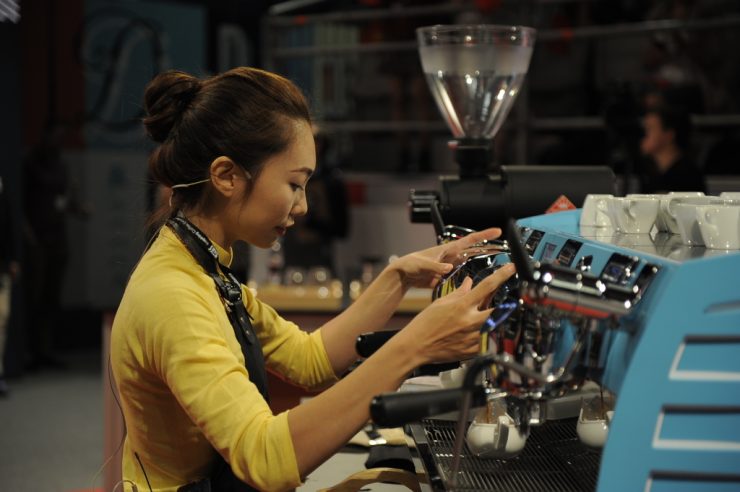
What did it mean to you to compete in Dublin on behalf of Vietnam?
Vietnamese baristas need motivation to continue their work in developing our country’s coffee. I know I can be that motivation. And using a Vietnamese coffee in an international competition was a way of representing it on a world stage. It made me very happy to be able to bring this coffee to the world. In Vietnam, baristas still have trouble making contact with the customer, they hold back and think all they are there to do is make coffee behind a wall. At barista competitions, the judges are right with you. Vietnamese baristas don’t have the opportunities to go abroad and see what other baristas from other countries are doing, how they are interacting with customers. I want people to know that the barista is powerful. That they connect farmers, roasters, and customers together in telling a story. That’s what I hope to teach baristas in Vietnam, to bring back from Dublin.
What does it mean for you to be a woman in the coffee industry? As a competitor, barista, roaster, and educator? Does it matter to you?
I don’t really think about it. To me, men and women are not different. Even though in the coffee community there are a lot of men achieving many things, women are just as capable.
What do you hope for the future of Vietnamese coffee?
I hope that Vietnamese consumers learn more about arabica and change the way they are drinking coffee. Because now they think black coffee is bitter, but in fact, it is the most perfect cup of coffee. I want customers to start asking questions, like where do their beans come from? And how were they roasted? And I also hope that our baristas will have opportunities to train as much as possible. We don’t have a formal barista school here. All we have is personal experience and a willingness to share that experience.
Michael Light is a writer and editor originally from Ohio. He’s worked previously for Vice and Lucky Peach. Read more Michael Light on Sprudge.
Top photo by Hoang Anh for Ca Phe Thoi Bao, used with permission.
